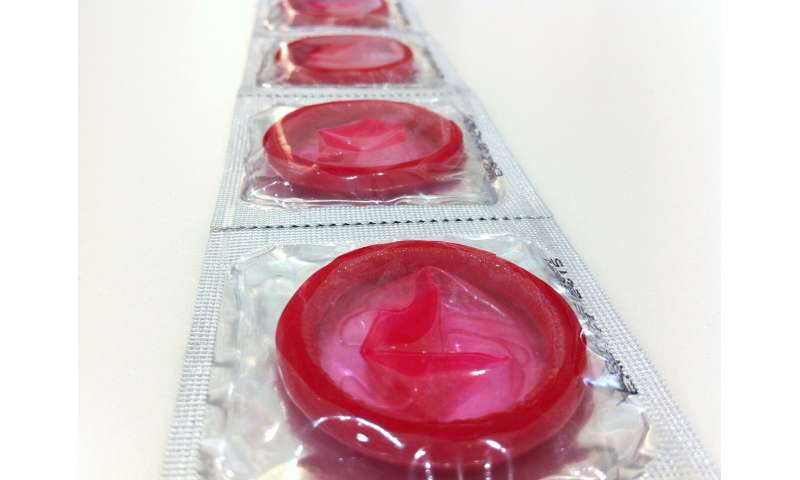Sex education: Why school and parents should work together

There is an ongoing debate in society about sex education. Now a study funded by the Swiss National Science Foundation suggests that the best approach is a combination of parents and school. And that using friends and the internet as main sources of information on sexuality can cause problems.
Sex education in school remains a controversial subject. That’s why Yara Barrense-Dias, researcher on adolescent health, wanted to know if the main source of it has an impact on the sexual health of young people. Funded by the Swiss National Science Foundation, a research group, including the Swiss Foundation for Sexual and Reproductive Health, evaluated data from a Swiss national survey conducted in 2017. The final sample comprised approximately 5000 participants.
The most important conclusion of the study is that sex education in school has a positive impact on sexual health and behaviors. For example, the participants who said that school was their main source were the ones with the lowest rates of sexually transmitted infections.
There were also a number of surprising findings, says Yara Barrense-Dias from the Research Group on Adolescent Health at the Center for Primary Care and Public Health (Unisanté) in Lausanne: “It is widely believed that young people today have their first sexual experiences earlier, but we found out that this is not the case.”
A friends thing
For the study, 4978 participants from across the whole of Switzerland answered the question: “During your youth and adolescence, who mainly informed you about sexuality?” As they had to choose just one answer out of nine, only one main source could be defined.
The initial sample was provided by the Swiss Federal Office of Statistics and was representative of the 24- to 26-year-old population living in Switzerland. These young people were addressed by the researchers and asked to participate in their survey. The response rate of 15.1 percent was lower than expected, says Barrense-Dias. “We were aware that sexuality remains a sensitive topic but it’s still a large sample. The analysis and the statistical power are good for what we wanted to know and we were able to update the last survey on sexual behavior in young people, which dates from 1995.”
The researchers now divided the participants according to their answers into six groups reflecting the main sources of sex education: friends, parents, school, the internet, nobody, and other. The friends won with 38.9 percent, followed by the parents with 27.3 percent, school with 19.1 percent and the internet with 8 percent. The six groups were compared on the basis of sociodemographic criteria, first experiences, pregnancy, risky behaviors (including sexually transmitted infections history) and the number of sex partners, as well as data on unwanted sexual experiences.
Young men, young women
The comparisons showed that young men, children with early or late onset of puberty and non-heterosexuals were more likely to look for information on the internet. At the same time, the internet and friends as the main resources for sex education were more likely to lead to more negative outcomes such as risky sexual behaviors. “That’s a big issue,” says Barrense-Dias. “Sex education in school has to be inclusive for all sexual identities and non-gendered, and also take into account kids who start puberty very early or very late.” But she is also convinced that “friends and the internet are very important, and we have to train the kids in using multiple resources and improve their internet literacy. School and parents should direct young people to good and trustworthy websites and use them as tools and support.”
On the other hand, young women were more often informed by their parents—mostly their mothers—about sexuality. One hypothesis is that parents care more about the information given to girls because they are the ones who can get pregnant. The researcher has an explanation: “Parents can use the girl’s first period as an appropriate occasion to start a discussion about sexuality in general.” This is obviously an anchor point in adolescence that the male body does not present. However, as Barrense-Dias emphasizes, taking responsibility for contraception and protection while ensuring positive sexuality and good sexual health concerns all genders.
Strong partnership
Source: Read Full Article
